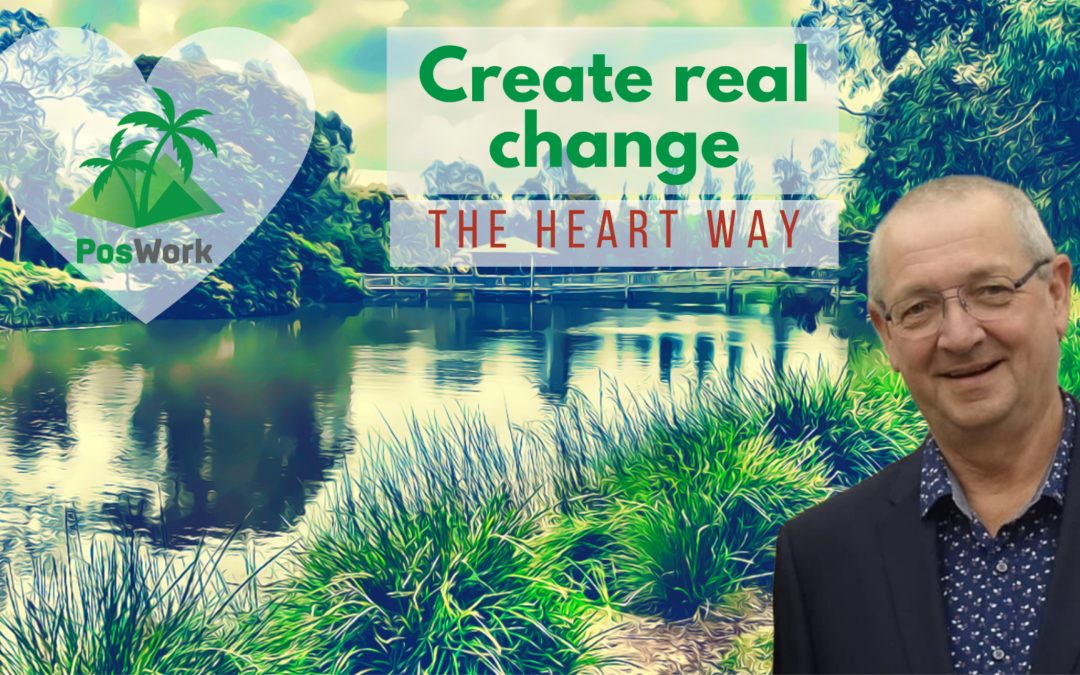
How a strengths mindset tops a risk management mindset
Blogs and Stories

How a strengths mindset tops a risk management mindset

For years, organisations have tackled psychosocial hazards like stress, burnout, and poor workplace culture using a traditional risk management model. It’s a familiar process: identify the problem, assess the risk, and implement a control. While well-intentioned and often required by regulators, this “find-and-fix” approach can feel like a compliance-driven game of whack-a-mole. It focuses entirely on what’s wrong, often creating a culture of blame-avoidance rather than genuine wellbeing.
That’s why we went looking for better ways to help organisations and people build psychologically and psychosocially safe workplaces.
We asked: “What if we flipped the script? What if, instead of hunting for hazards, we started searching for what gives our workplace life?” Here is what we came up with.
It is the power of combining Appreciative Inquiry (AI) with the PERMAH model of wellbeing. It’s a proactive, human-centric approach that doesn’t just prevent harm – it actively cultivates a thriving work environment.
The Old Model vs. The New Mindset
The traditional risk management model is inherently deficit-based. It asks questions like:
- “What’s causing stress?”
- “Why is communication failing?”
- “How do we stop bullying?”
This line of questioning puts teams on the defensive and focuses energy on problems.
In contrast, Appreciative Inquiry is a strengths-based methodology. It operates on the simple premise that organisations move in the direction of the questions they ask. AI seeks to understand and amplify the “positive core”—the best of what is and what has been.
This is where the PERMAH model provides the perfect framework. Based on the ground breaking wellbeing theory of Professor Martin Seligman, it sets out six core pillars of flourishing:
- Positive Emotion : Experiencing joy, hope, and optimism.
- Engagement : Being fully absorbed and in “flow” with your work.
- Relationships : Having strong, supportive connections with others.
- Meaning: Feeling connected to a purpose greater than oneself.
- Accomplishment: A sense of achievement and mastery.
- Health: Physical wellbeing through sleep, nutrition, and movement.
How the Partnership Works in Practice
Instead of using a checklist to find deficits, you use AI to explore moments of peak performance through the lens of PERMAH. The questions change dramatically:
| Traditional Hazard Focus | Appreciative Inquiry + PERMAH Approach |
|---|---|
| “Why is team morale so low?” | “(Relationships) Tell me about a time this team collaborated brilliantly. What made that success possible?” |
| “What are the biggest stressors?” | “(Engagement) Describe a project where you felt completely energised and in flow. What were you doing?” |
| “Why do people feel unappreciated?” | “(Accomplishment) Think of a moment you felt incredibly proud of your work here. What conditions allowed that to happen?” |
This process doesn’t ignore problems. Instead, it uncovers the root causes of success and wellbeing. By discovering what works, teams can consciously design and create more of those conditions, embedding them into their culture. You identify the ingredients of a great day at work and find ways to make them happen more often.
Why This Approach Is More Effective
There are a host of reasons why adopting a strengths-based approach produces better outcomes because it:
- Builds Psychological Safety: Focusing on strengths and successes creates a safe environment for open dialogue. People are more willing to contribute when the goal is to build on positives rather than assign blame for negatives.
- Generates Ownership & Energy: AI is a deeply collaborative process. It invites everyone to co-create a better workplace, leading to greater buy-in and a genuine desire to implement change. The process itself is energising and builds morale because people are part of it.
- Creates Proactive & Lasting Change: A traditional model reacts to problems. This approach proactively builds the foundations of a positive culture. A workplace rich in PERMAH is naturally more resilient to psychosocial hazards. It’s the difference between constantly patching a leaky boat and building a stronger, more buoyant one from the start.
By shifting from a deficit-based mindset to one of appreciation and potential, we move beyond mere compliance. We start building workplaces where people don’t just survive—they truly thrive.
If you would like to explore how we can help you to change the game in your workplace with your own BETTER Workplace Team or with any other of our PosWork programs for your workplace, please call us on 0438 533 311 or email info@poswork.com.au.
CONTACT US
PosWork
A Division of Ridgeline Human Resources Pty Ltd
ABN : 24 091 644 094
info@poswork.com.au
0438 533 311
QUICK RESOURCE LINKS




